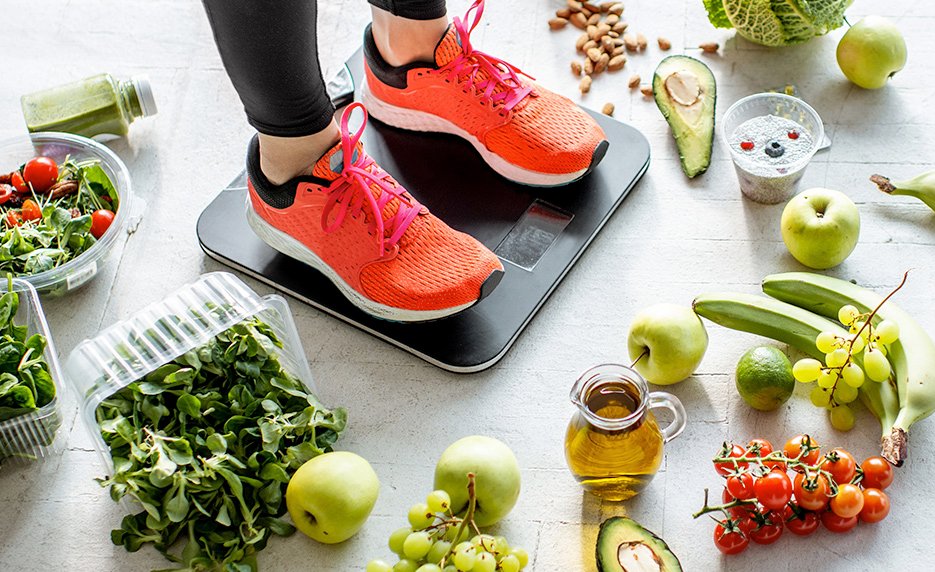Nutritious, Delicious, and Perfect for Weight Loss, Gut Health, and Energy
The K-Style Diet isn’t just a trendy eating plan—it’s a balanced, sustainable approach to nutrition grounded in Korean food culture. Designed to promote natural weight loss, improved digestion, and higher energy, the K-Style Diet features meals rich in vegetables, lean proteins, fermented foods, and mindful portioning.
To help you get started, we’ve gathered the top 10 K-Style Diet meals most commonly recommended by Korean nutritionists for health-conscious individuals. These dishes are simple, satisfying, and packed with nutrients—perfect whether you’re new to Korean food or looking to build healthier eating habits.
1. Bibimbap (비빔밥) – Mixed Rice Bowl with Vegetables and Egg
Why Nutritionists Love It:
Bibimbap is the ultimate balanced meal. With brown or multi-grain rice, assorted steamed or sautéed vegetables, a soft egg, and a touch of gochujang (Korean chili paste), it offers a complete macro and micronutrient profile.
Health Benefits:
- High fiber for gut health
- Packed with antioxidants
- Versatile and portion-controlled
Pro Tip: Swap white rice for barley or black rice for extra nutrients and longer satiety.
2. Doenjang Jjigae (된장찌개) – Fermented Soybean Paste Stew
Why Nutritionists Love It:
This probiotic-rich stew is made with doenjang (fermented soybean paste), tofu, zucchini, onion, and mushrooms. It’s often served with rice and kimchi, making it a powerful gut-friendly combo.
Health Benefits:
- Supports digestion
- High in plant-based protein
- Anti-inflammatory and low-calorie
Pro Tip: Reduce sodium by diluting the paste with vegetable broth and adding more vegetables.
3. Grilled Mackerel (고등어구이) with Steamed Vegetables
Why Nutritionists Love It:
Mackerel is rich in omega-3 fatty acids, which support heart and brain health. It’s typically served with radish, spinach, or broccoli and a side of rice.
Health Benefits:
- High in healthy fats
- Excellent protein source
- Anti-inflammatory and satisfying
Pro Tip: Grill with lemon and herbs instead of salt to cut down on sodium.
4. Samgak Gimbap (삼각김밥) – Triangle Rice Wraps with Veggie Fillings
Why Nutritionists Love It:
These seaweed-wrapped rice triangles are light, portable, and customizable. Fill with kimchi, seasoned tofu, or mushrooms for a fiber-rich snack or light meal.
Health Benefits:
- Portion controlled
- Low in calories
- Good source of minerals from seaweed
Pro Tip: Avoid versions with processed meat or mayo-based fillings—opt for veggies, egg, or grilled fish instead.
5. Namul Banchan Set (나물 반찬) – Seasoned Vegetable Side Dishes
Why Nutritionists Love It:
Namul refers to lightly seasoned, blanched vegetables like spinach (sigeumchi), bean sprouts (kongnamul), or fernbrake (gosari). When eaten with rice and soup, they create a light yet nutrient-dense meal.
Health Benefits:
- High in fiber, vitamins, and minerals
- Low in calories
- Excellent for digestion and gut flora
Pro Tip: Prepare several namul banchan for the week and rotate them with meals.
6. Juk (죽) – Korean Porridge (Pumpkin, Abalone, or Vegetable)
Why Nutritionists Love It:
Juk is a warm, comforting porridge made from rice and slow-cooked vegetables or seafood. It’s easy to digest, making it ideal for people with sensitive stomachs or those recovering from fatigue.
Health Benefits:
- Soothes digestion
- Hydrating and nourishing
- Low-fat, anti-inflammatory
Pro Tip: Add ginseng powder or jujube slices for an immunity-boosting twist.
7. Kongguksu (콩국수) – Cold Soy Milk Noodles
Why Nutritionists Love It:
A summer favorite, kongguksu is made with fresh ground soy milk and thin wheat noodles. It’s a protein-rich, dairy-free, and refreshing meal with minimal oil or salt.
Health Benefits:
- Plant-based protein
- Lactose-free and gut-friendly
- Hydrating and cooling
Pro Tip: Add cucumber slices and a sprinkle of sesame seeds for added texture and fiber.
8. Ssam (쌈) – Lettuce Wraps with Tofu or Grilled Fish
Why Nutritionists Love It:
Ssam is a low-carb, high-fiber meal where ingredients like grilled tofu or mackerel are wrapped in lettuce, perilla leaves, or cabbage. It’s topped with ssamjang (a spicy paste) for flavor.
Health Benefits:
- Reduces refined carb intake
- Encourages mindful eating
- Great for portion control
Pro Tip: Skip the rice filler and focus on lean protein and veggies to keep it light.
9. Gyeran Mari (계란말이) – Rolled Omelette with Vegetables
Why Nutritionists Love It:
This rolled egg dish includes chopped vegetables like carrot, onion, and scallions, offering a protein-packed, low-carb option for breakfast or lunch.
Health Benefits:
- Great source of protein and choline
- Supports metabolism and muscle repair
- Quick to prepare and kid-friendly
Pro Tip: Use olive oil or perilla oil for cooking to keep it healthy.
10. Sweet Potato & Kimchi Plate (고구마와 김치 세트)
Why Nutritionists Love It:
A simple yet powerful combo: roasted Korean sweet potatoes with a side of kimchi. This snack or light meal offers prebiotics, fiber, and healthy carbs for sustained energy.
Health Benefits:
- High in vitamin A and antioxidants
- Gut-friendly and filling
- Naturally sweet with no added sugar
Pro Tip: Add a boiled egg or tofu cubes to make it a more complete meal.
Final Thoughts
Korean nutritionists recommend the K-Style Diet not only for its ability to promote weight loss but also for its anti-inflammatory properties, digestive support, and balanced macronutrient content. The top 10 meals listed here represent the core values of Korean nutrition: variety, freshness, gut health, and harmony.
Whether you’re preparing meals at home or looking to eat out wisely, incorporating these dishes into your weekly plan can help you feel lighter, more energized, and deeply nourished.




